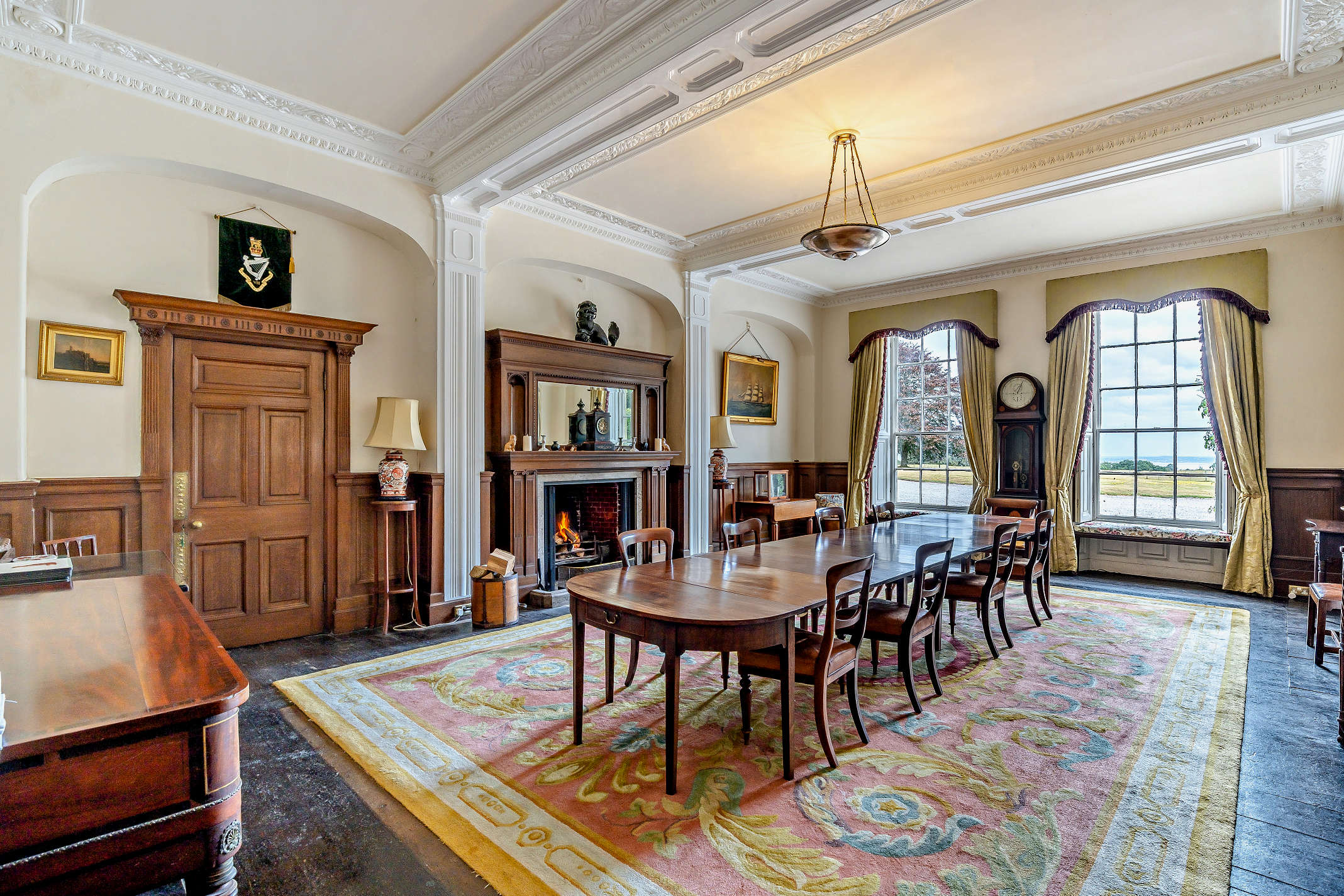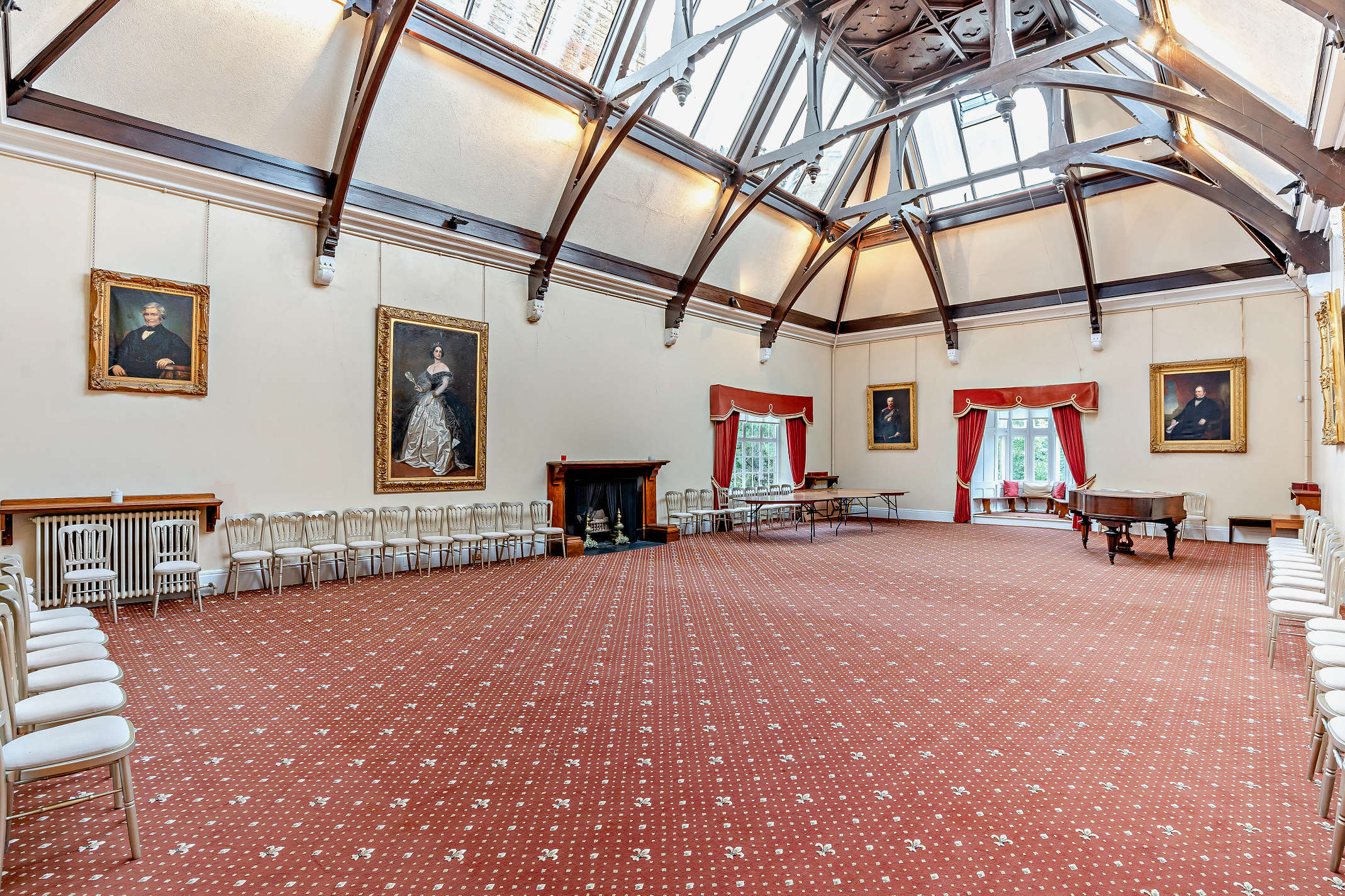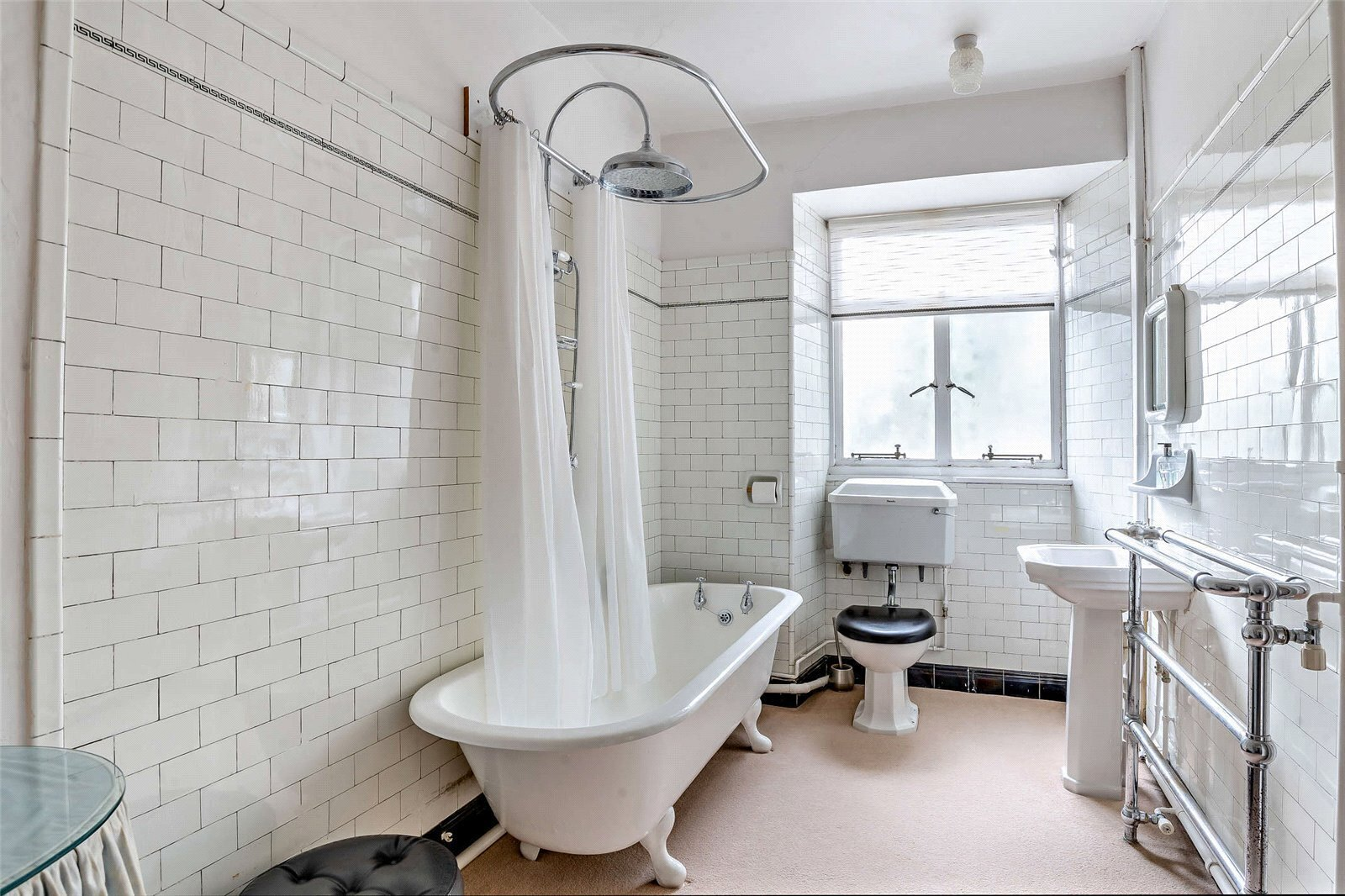A sprawling castle set amid ancient woodland has come to the market for the first time in 150 years
Gyrn Castle, set amidst woodland on the outskirts of an ancient village, is now seeking new owners. Penny Churchill reports.


All good things come to an end, as is the case for the extended Bates family, wool merchants from the West Riding of Yorkshire who became one of Liverpool’s most powerful commercial dynasties in the late 19th and 20th centuries. Their home, historic Grade II-listed Gyrn Castle, set in 67 acres of lakes, woods and parkland on the edge of the ancient Flintshire village of Llanasa, North Wales, is a recent addition to the market and, as such, marks the end of the estate’s 150-plus years in Bates ownership. It’s for sale through the Chester office of Jackson-Stops at a guide price of £2 million.

This imposing, castellated mansion stands on high ground overlooking the picturesque coastline of this part of Wales and boasts magnificent views over the Dee estuary, the Wirral peninsula and the skyline of Liverpool 35 miles away.

According to its Cadw listing, the present house dates from the late 17th century and was part of the important Mostyn estate in the early 18th century. In 1750, it was sold to Thomas Hughes of Halkyn and later to John Douglas, a cotton manufacturer in nearby Holywell. He remodelled it in 1817–24, with the addition of a third storey, the projecting dining room at the north end of the house and the picture gallery and attached tower at the south end. In 1856, Gyrn Castle was acquired as a country retreat by Sir Edward Bates, who appears to have made only minor alterations to the house, although added numerous outbuildings.

Sir Edward Bates, 1st Baronet (1816–96), was a ship owner and politician whose eventful career spanned almost the whole of Queen Victoria’s reign. He began his career in the wool-finishing business started by his father, Joseph Bates, who, following the ending of the East India Company’s monopoly on trade with India, started a company that exported his woollen cloth from Halifax via the fast-growing port of Liverpool.
Edward was sent to Calcutta to join his elder brother and remained in India until 1848, when he returned to England to start up his own shipping business, initially chartering ships for the Bombay trade. By 1870, he had built a fleet of 51 sailing vessels and he went on to own 130 ships in his lifetime. He was awarded a baronetcy by Prime Minister Benjamin Disraeli in 1880.

Sir Edward died in 1896, followed in quick succession by his son and eldest grandson, and, in 1903, 24-year-old Percy Elly Bates, 4th Baronet, became the principal partner of Edward Bates and Sons. Sir Percy went on to become one of the giants of the shipping industry in the first half of the 20th century, most famously for his role, as head of Cunard, in the building of RMS Queen Mary and RMS Queen Elizabeth. Sir Percy had his own house at Hinderton Hall, Cheshire, and, in 1922, he sold Gyrn Castle to his brother, Frederic, who moved there following his marriage in 1932.
Frederic Bates had no children and, on his death in 1957, Gyrn Castle and estate passed to his nephew, Sir Geoffrey Bates, 5th baronet. In 1941, Sir Geoffrey joined the Kings Royal Irish Hussars and gained a reputation as a dashing troop leader, winning a Military Cross in North Africa in 1942. He was High Sheriff of Flintshire in 1969 and, according to Christie’s, which held an auction of the contents of Gyrn Castle following his death in 2005, ‘he gave much of his time to the Flint and Denbigh Hunt, often riding his well-known horse, Sam, with the same dash as with the Irish Hussars’.
Exquisite houses, the beauty of Nature, and how to get the most from your life, straight to your inbox.

In 2008, the Gyrn Castle estate was sold to Charlotte Whitelocke-Winter, Sir Geoffrey’s third wife’s daughter from a previous marriage and the wife of the late David Howard of Cerrigllwydion Hall, Denbigh, on whose behalf it is now being sold. A further 297½ acres and two gatehouses are available by separate negotiation.
Most recently used to host corporate events and weddings, the main house offers 16,771sq ft of elegant living space on three floors, including reception and great halls, three grand reception rooms, a small dining room, study, kitchen with breakfast area, domestic offices and staff quarters, extensive cellars, master and guest suites, 10 further bedrooms and four more bathrooms.

In recent years, Gyrn Castle has seen the upgrading of the house and ancillary buildings, including extensive roofing works, the repointing of exposed stone walls, the rerendering of the north-west elevation, removal of wet and dry rot, damp remediation works and the sensitive restoration of many of the windows.
Of particular importance is the installation of a biomass wood-chip central-heating system, which serves the castle, but has the capacity to also serve the self-contained flat and the cottage within the courtyard range of outbuildings.
Gyrn Castle is for sale at £2 million — see more details and pictures.

